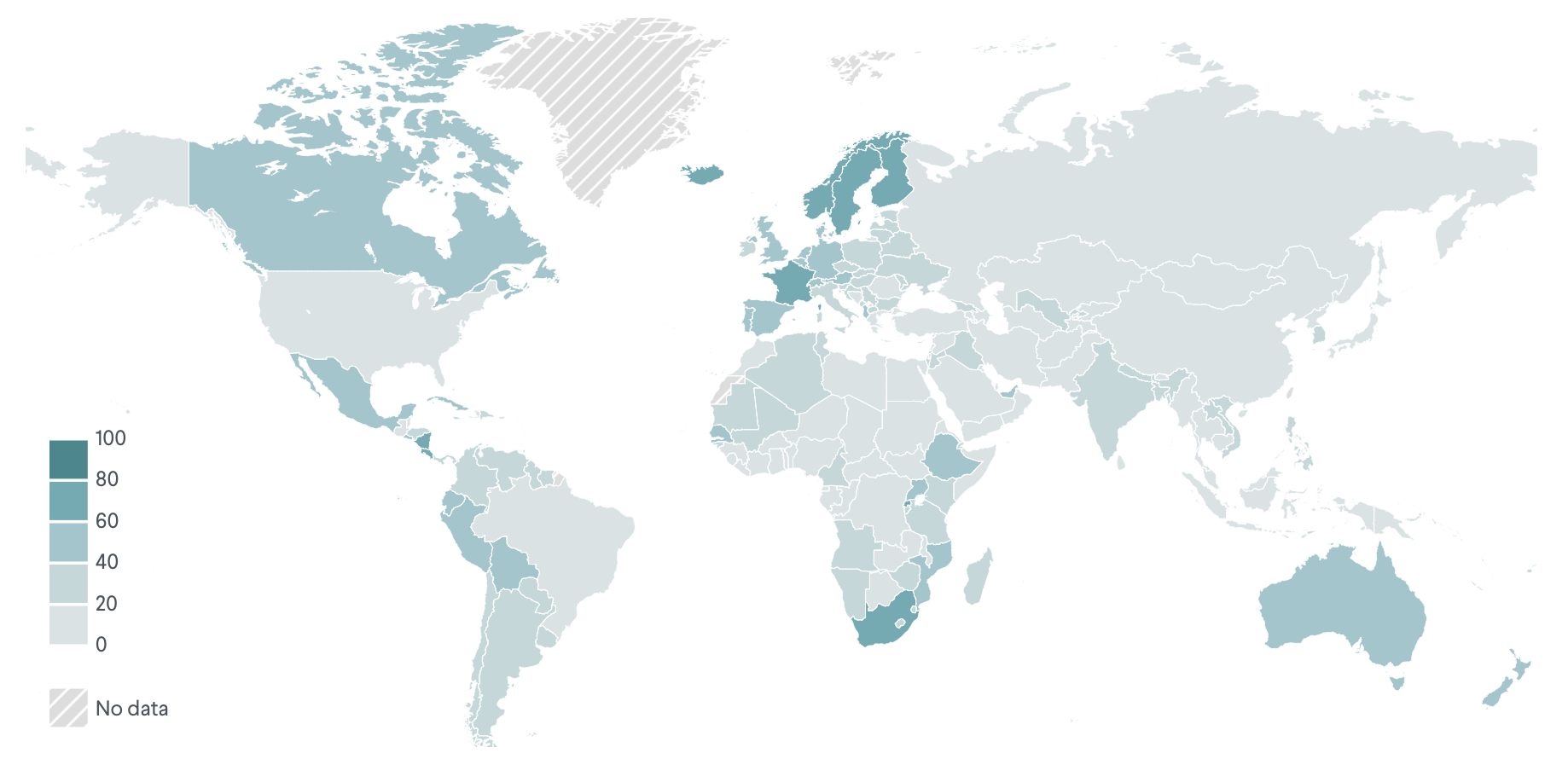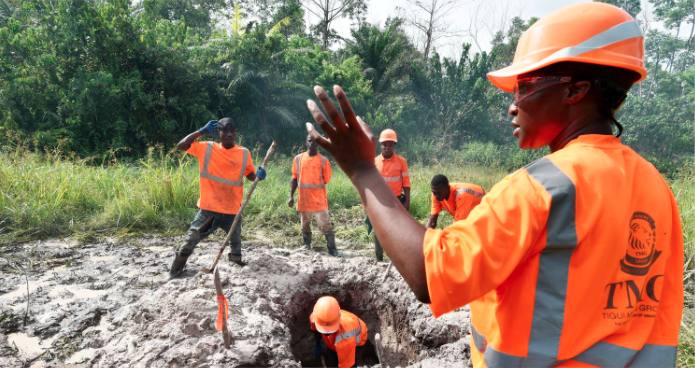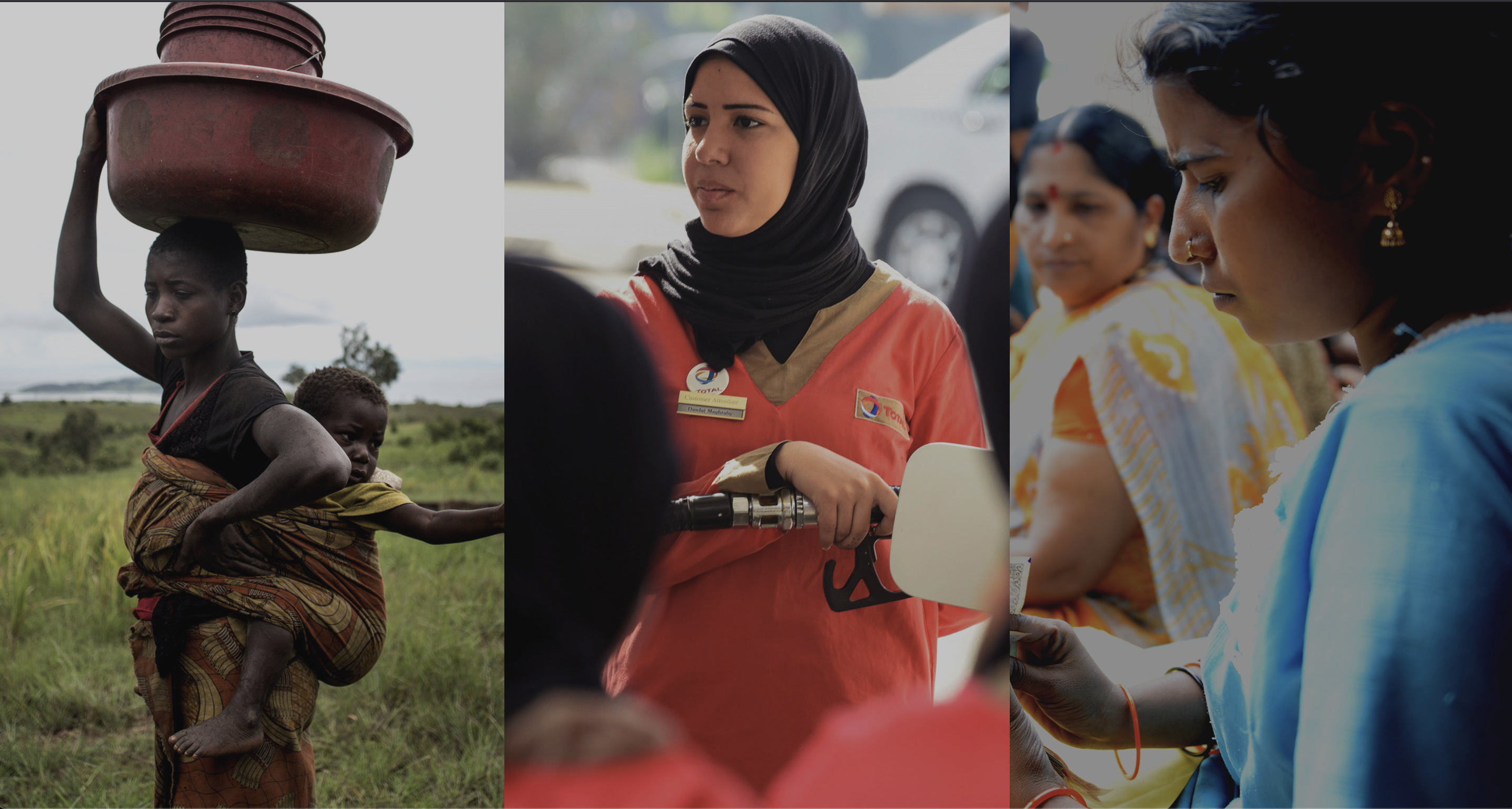Women have been underrepresented in formal roles throughout Myanmar’s tumultuous peace process. In the 2015 negotiations leading up to the Nationwide Ceasefire Agreement (NCA), only roughly 6 percent of negotiators were women. Though women’s participation was higher during multiple rounds of the 21st Century Panglong Union Peace Conference—fluctuating from 13 percent of the delegates in August 2016 to 17 percent in May 2017, 22 percent in July 2018, and 17 percent in August 2020, according to the Alliance for Gender Inclusion in the Peace Process—it was not able to reach the 30 percent target the conflict parties committed to in 2016. Formal peace negotiations are currently on hold as the country struggles with violent internal conflict resulting from the 2021 coup d’état by military leaders, which saw the overthrow of the democratically elected civilian government led by Aung San Suu Kyi.
Women’s groups have been viewed as honest brokers, built public support for the extended talks, and—at great risk—led local campaigns to address underlying causes of the conflict. They were instrumental in launching and participating in a series of civil society peace forums to convey civil society priorities in the official process. Since the 2021 coup, women-led civil society organizations have been at the forefront of efforts to protest military rule, shine a light on the abuses of the military government, assist victims, and resume efforts to build a federal democratic Myanmar.
women






